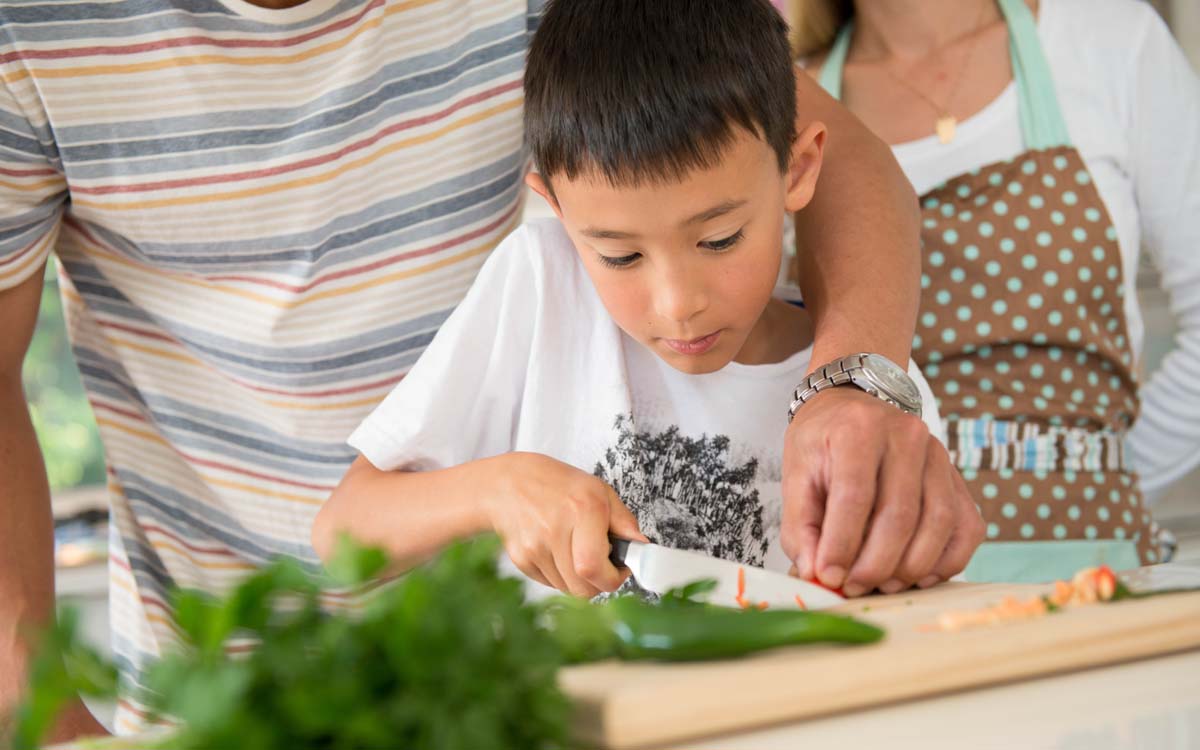Do foods really impact our moods? Fabic Behaviour Specialist and Counsellor Tanya Curtis looks into the correlation.
Foods are used in so many ways. Some may use food for its true purpose — to support our physical body to live its full potential. However, many, if not most, use food beyond this purpose. If we consider honestly we can see that it is used in many situations. We use food when we are emotional, happy, sad, depressed, angry, frustrated, excited, celebrating an occasion, socialising etc.
But what effect does eating in this way have on our body and our moods? When we use foods in the above mentioned way, we typically choose to eat what negatively affects our physical body and negatively affect our moods, behaviours and our psychological wellbeing.
We often eat foods that taste good in our mouth for a short period of time, providing a short-lived relief from our current unwanted feelings. But unfortunately, these foods add to a perpetual cycle of contributing to our body later experiencing further unwanted symptoms and feelings.
Becoming a true scientist of our own body allows a person to observe how their own (or another person’s) body reacts or responds to certain foods. For example, observe:
- How were you feeling before you chose to eat? Sad, settled, happy, content, angry, depressed, worried etc.?
- What behaviours were being used before choosing to eat — wanted or unwanted? What quality of food did you choose to eat?
- The physical responses of the body are experienced immediately, within two hours.
- Was the body: tired, alert, feeling racy, craving more food, bloated, feeling light or heavy etc.?
- How were you feeling after (in those first hours and up to three days later) you chose to eat? Sad, settled happy, content, angry, depressed, worried etc.?
- What behaviours were being used after choosing to eat — wanted or unwanted?
Observing without judgment allows us to identify the cycle of foods and moods. Some foods when eaten provide unwanted moods and behaviours, while other foods provide wanted moods and behaviours. Thus, through the foods we choose, we choose our moods.
This article was originally published in the April 2016 Edition of Haven Magazine







